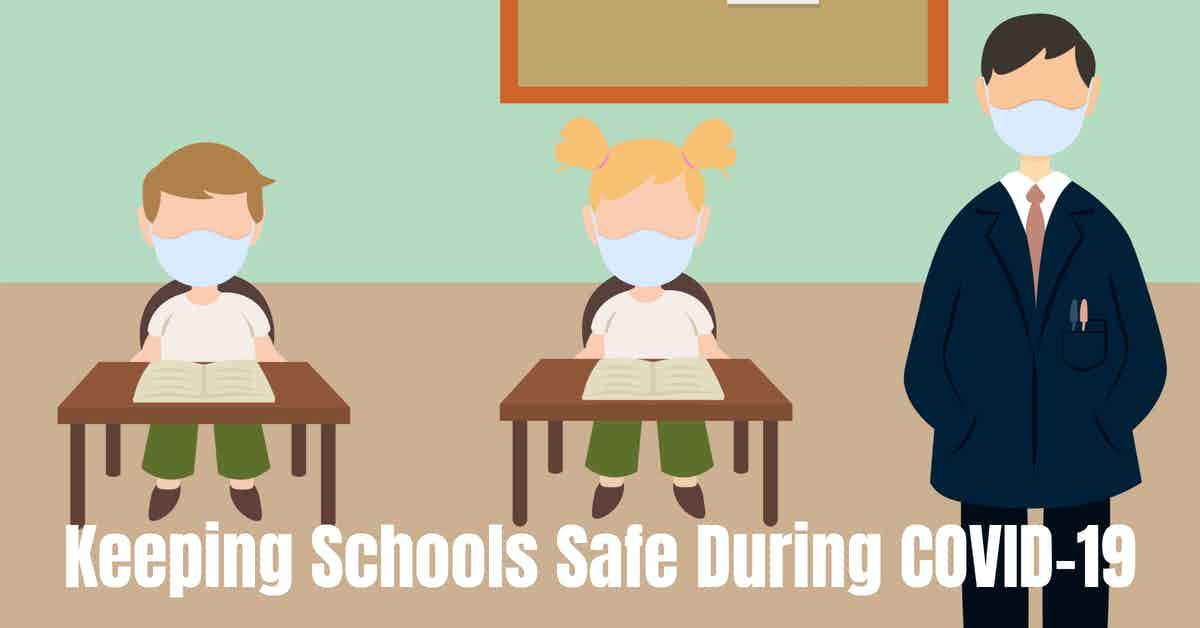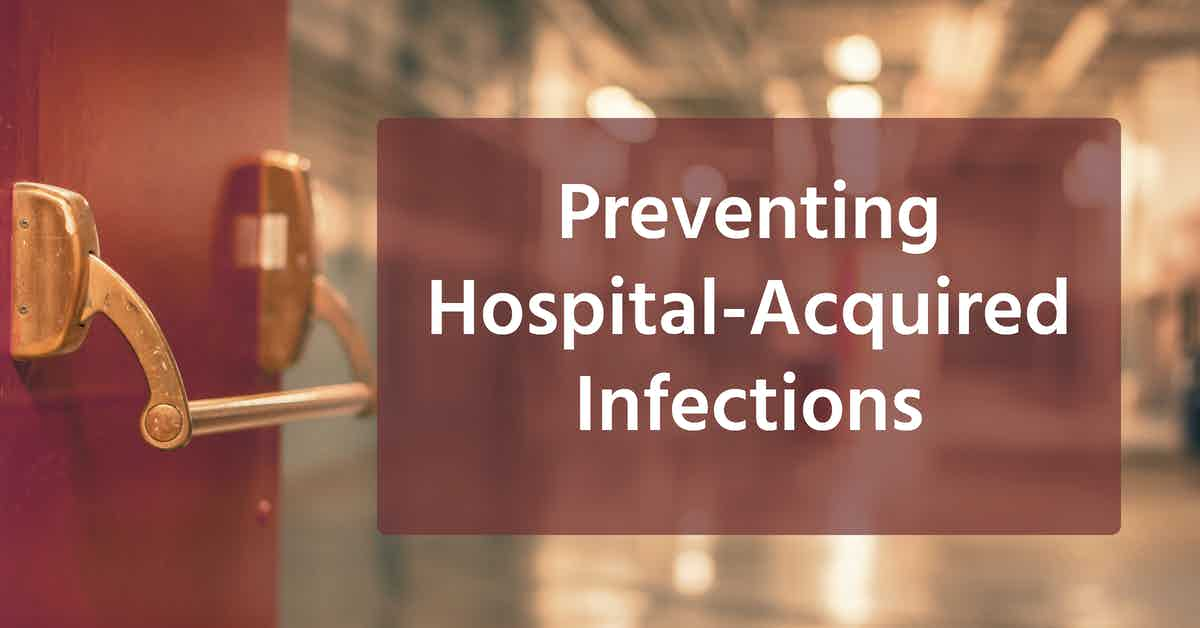The rapid spread of SARS-CoV-2 and the difficulty of effectively sanitizing large open-area facilities has piqued interest in advanced disinfection technologies, such as electrostatic disinfection sprayers, which are now registered with the U.S. Environmental Protection Agency against COVID-19 for hard, non-porous surfaces.
Electrostatic Disinfection Sprayers Rapidly Decontaminate Hard Non-Porous Surfaces
Advanced Disinfection Services for Mass Transit

Mass transit systems have remained in service for the duration of the COVID-19 pandemic, but have suffered huge financial losses due to poor public perception of cleanliness and safety, and massively reduced capacity leading many travelers to switch to other forms of transportation, representing potentially greater risks.
Keeping Schools Safe During COVID-19

Maintaining teachers and students' safety and wellness during the ongoing health emergency is a top priority for school administrators and janitorial service providers in educational facilities throughout the country.
Maintaining Classroom Cleanliness and Safety During COVID-19
Schools and classrooms are hotbeds for pathogens, which can spread rapidly, even with an introduction point of one or two contaminated individuals--a fact recently made painfully clear in a classroom hygiene experiment conducted by YouTuber Mark Rober.
The COVID-19 and Cold Weather Correlation

Recently, speculation has begun to circulate regarding a correlation between increased cases of COVID-19 and colder temperatures in the Northern Hemisphere.
The Correlation Between Increased COVID-19 Cases and Cold Weather
Does cold weather impact the spread of influenza, norovirus, the common cold, and COVID-19?
Yes, but also no.
Preventing Hospital-Acquired Infections

Hospital-acquired infections affect approximately one in every thirty-one U.S. healthcare patients--a statistic that may be profoundly affected by the ongoing COVID-19 pandemic.
The Potential Impact of COVID-19 on Hospital-Acquired Infections
Prior to the SARS-CoV-2 pandemic, HAI's were a serious issue plaguing U.S. healthcare facilities, affecting one in every thirty-one patients, resulting in more than six hundred thousand hospitalizations and seventy thousand deaths in a single year.

